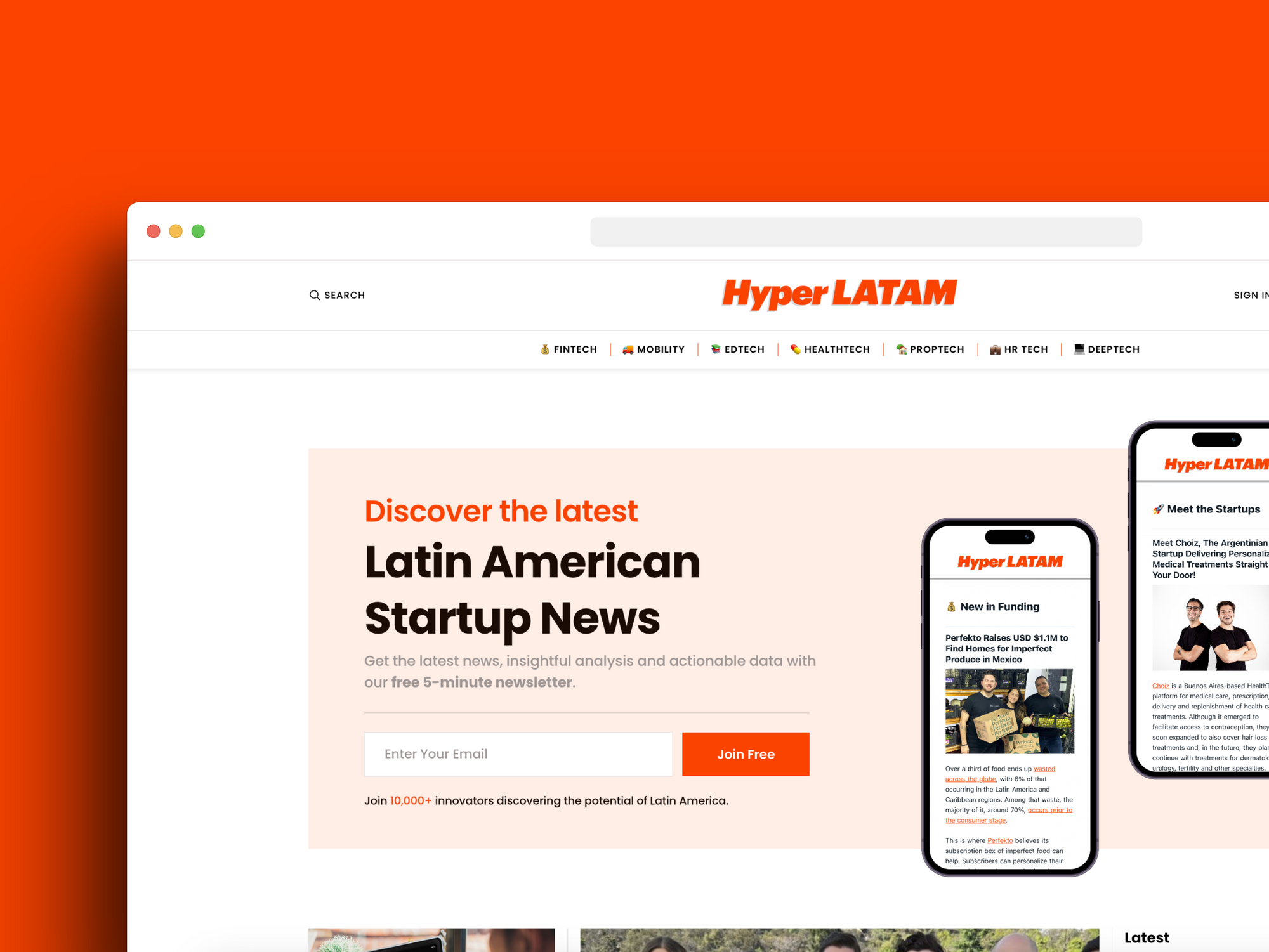If you're an entrepreneur, you've probably heard the term "Minimum Viable Product" or MVP thrown around quite a bit. But what exactly is an MVP, and why is it so important for your startup? In short, an MVP is a product with just enough features to satisfy early customers and provide feedback for future development.
The concept of an MVP comes from the Lean Startup methodology, which emphasizes the importance of testing and validating ideas quickly and with minimal resources. By creating an MVP, you can test your assumptions about your target market, product features, and business model without investing significant time and money into a fully developed product.
But why is an MVP so crucial for startups? For one, it allows you to get your product into the hands of customers as quickly as possible, which is essential for learning what works and what doesn't. Additionally, it can help you avoid the common pitfall of creating a product that nobody wants or needs. By testing your product with early adopters, you can gather valuable feedback and make improvements before scaling up your business. So if you're launching a startup, creating an MVP should be a top priority.
What is a Minimum Viable Product (MVP)?
If you are an entrepreneur or a product manager, you have probably heard of the term "Minimum Viable Product" or MVP. An MVP is a product with enough features to attract early-adopter customers and validate a product idea early in the product development cycle. The concept of MVP was introduced by Eric Ries in his book "The Lean Startup" and has become a popular approach to product development in the startup world.
The idea behind an MVP is to test your product hypothesis with the minimum amount of effort and resources. Instead of spending months or even years building a product that nobody wants, you can create a basic version of your product and test it with real users to get feedback and validate your assumptions. This approach can save you time, money, and effort, and increase your chances of success.
According to Frank Robinson, the founder of SyncDev, "The MVP is the right-sized product for your company and your customer. It is big enough to cause adoption, satisfaction, and sales, but not so big as to be bloated and risky. Technically, it is the product with maximum ROI divided by risk."
Creating an MVP requires a deep understanding of your target audience, their needs, and their pain points. You need to identify the core features that solve their problems and provide value, and leave out the non-essential features that can be added later. An MVP should be simple, easy to use, and focused on solving a specific problem.

Why Your Startup Needs an MVP
Reduces Time and Cost
Developing a new product can be a costly and time-consuming process. By building a minimum viable product (MVP), you can save time and money by only focusing on the core features that your customers need. An MVP allows you to test your product idea with real users, gather feedback, and make necessary improvements before investing in the full development of the product. This approach helps you avoid wasting resources on unnecessary features that may not be useful to your customers.
Validates Your Idea
One of the biggest advantages of building an MVP is that it helps you validate your product idea. By releasing a basic version of your product, you can test whether your idea resonates with your target audience. An MVP allows you to get feedback from real users and make data-driven decisions based on their responses. This approach helps you avoid investing in a product that may not have a market or customer base.
Offers Room for Improvement
An MVP is not the final version of your product. It is a starting point for you to test your idea and gather feedback. By releasing an MVP, you can identify the strengths and weaknesses of your product and make necessary improvements. This approach allows you to continuously iterate and improve your product based on customer feedback, ensuring that you are meeting their needs.
Attracts Investors
Investors are always looking for startups with a solid product idea and a clear plan for growth. By building an MVP, you can demonstrate that you have a proof of concept and that you have tested your idea with real users. This approach helps you attract investors who are interested in supporting your product development and growth. In summary, building an MVP is a crucial step for startups looking to develop a new product. It helps you reduce time and cost, validate your idea, offers room for improvement, and attracts investors. By taking this approach, you can ensure that you are building a product that meets the needs of your customers and has a market.
Creating an MVP
Creating an MVP is a crucial step in the development of your startup. It allows you to test your product with a minimum investment of time, money, and effort. Here are the steps you should take to create an MVP:
Identify the Problem and Solution
The first step in creating an MVP is to identify the problem you are trying to solve and the solution you are proposing. You need to understand your target audience and their needs. Conduct market research, analyze your competitors, and gather feedback from potential customers. Once you have identified the problem and solution, you can move on to defining the core features of your MVP.
Define the Core Features
The core features of your MVP should be the minimum set of features required to solve the problem and deliver value to your customers. These features should be based on your research and feedback. Use tools like user stories, wireframes, and prototypes to define the core features of your MVP. Keep in mind that your MVP should be simple and easy to use. Don't try to include all the features you have in mind.
Build the MVP
Once you have defined the core features of your MVP, it's time to build it. You can use different tools and technologies to build your MVP, depending on your skills and resources. You can use no-code or low-code platforms, hire a development team, or build it yourself. The key is to keep it simple and focus on the core features. Don't spend too much time on design or non-core features.
Test and Refine
Testing and refining your MVP is the most critical step in the process. You need to gather feedback from your target audience and iterate based on it. Use tools like A/B testing, user testing, and analytics to measure the performance of your MVP. Refine your MVP based on the feedback and data you gather. Keep iterating until you achieve product-market fit.
Examples of Successful MVPs
If you're still wondering what an MVP looks like in action, here are some successful examples to inspire you:
| Company | MVP | Outcome |
|---|---|---|
| Dropbox | A simple file-sharing service with a video explaining the concept | Became a $12 billion company with over 500 million users |
| Buffer | A landing page with a call-to-action to sign up for a social media scheduling tool that didn't exist yet | Built a user base of over 75,000 and raised $3.5 million in funding |
| Zappos | A website with pictures of shoes that were not yet in stock | Became a $1.2 billion company and was acquired by Amazon |
These companies all started with a simple, bare-bones version of their product and used customer feedback to improve and expand. By focusing on the core features that mattered most to their early adopters, they were able to build a strong foundation for future growth.
Other examples of successful MVPs include:
- Instagram: A photo-sharing app with only 11 filters and no video capabilities
- Airbnb: A website with only a few listings in one city
- Uber: A black car service in San Francisco with a simple app for booking rides
These companies all started small, but by testing their ideas with real users and iterating based on feedback, they were able to build products that people love and use every day.
Conclusion
By now, you should have a good understanding of what a Minimum Viable Product (MVP) is and why it is important for your startup. An MVP allows you to test your product idea with minimal investment and risk, while still providing value to your early adopters. It helps you validate your assumptions, gather feedback, and iterate quickly to improve your product.
Remember that an MVP is not just a stripped-down version of your final product, but rather a product with enough features to solve a specific problem for your target audience. It should be easy to use, reliable, and provide a good user experience. You should also be open to feedback and willing to make changes based on what your users tell you.
Building an MVP requires a lot of planning, research, and hard work, but it can be a game-changer for your startup. It can help you avoid costly mistakes, find your product-market fit, and attract investors. However, it's important to keep in mind that an MVP is just the beginning of your product journey. You will need to continue iterating and improving your product based on user feedback and market trends.
So, if you're a startup founder or entrepreneur, don't be afraid to start small and launch your MVP. With the right mindset, strategy, and execution, you can build a successful product that solves real problems for your users and creates value for your business.










